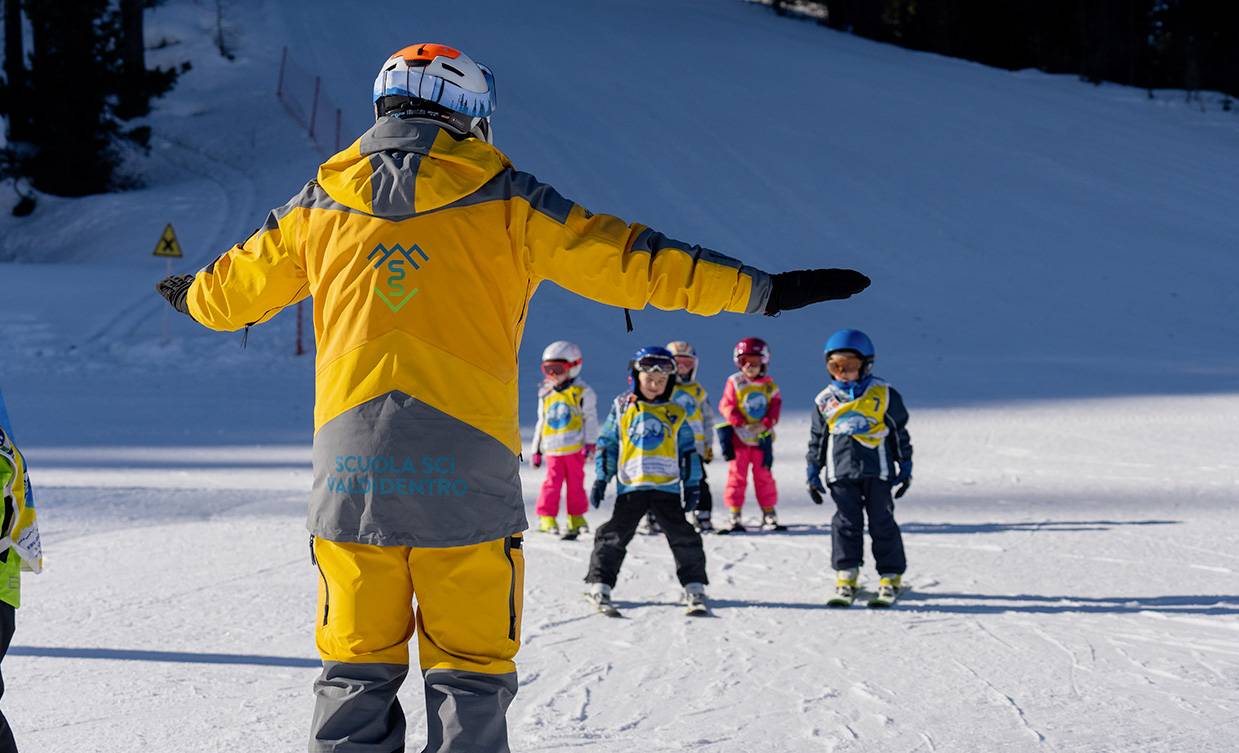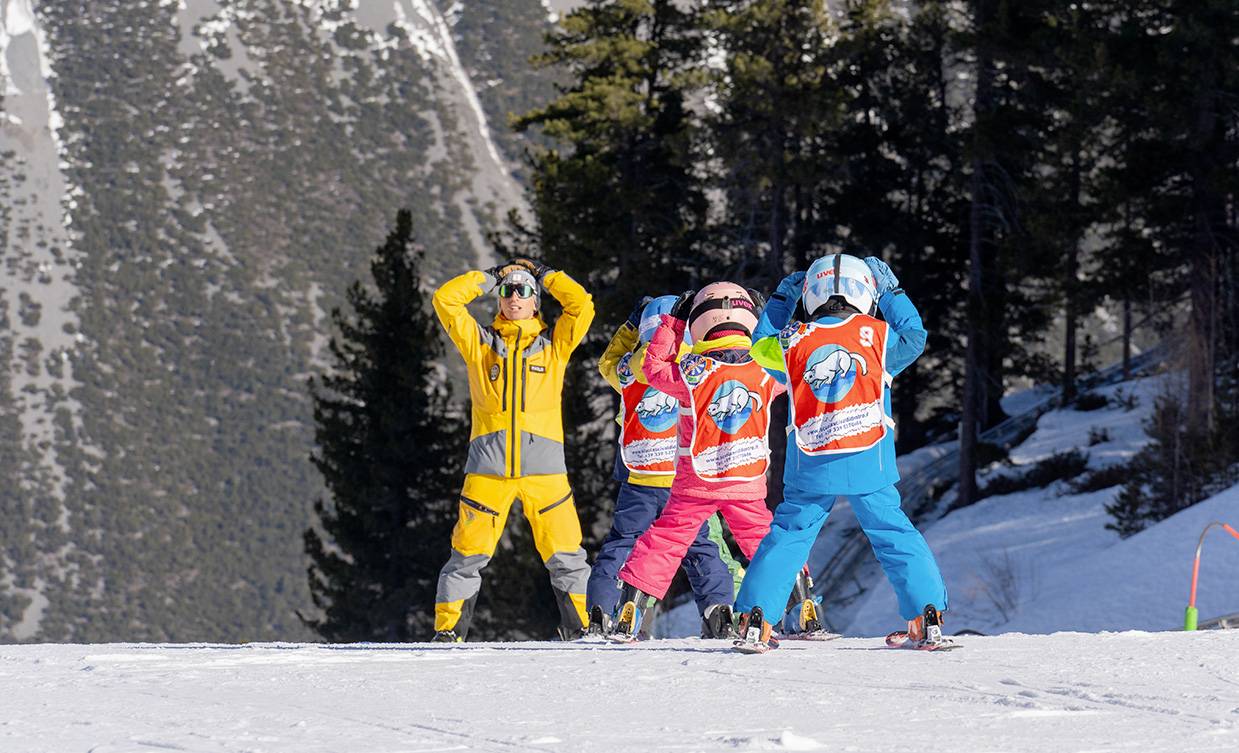


Every skier must behave in such a way that he does not endanger or prejudice any other person.
Every skier must adapt his speed and manner of skiing to his personal ability, to the prevailing conditions of terrain, snow and weather as well as to his visibility and the density of traffic.
The skier coming from behind must choose his route in such a way that the does not endanger skiers ahead.
A skier may overtake another skier above or below and to the right or to the left provided that he leaves enough space for the overtaken skier to make any voluntary or involuntary movement.
A skier starting again after stopping or entering a marked run must look up and down the slopes that he can do so without endangering himself or others; at crossings the skier coming from the right, or as indicated, has priority.
Unless absolutely necessary, a skier must avoid stopping on the slope in narrow places or where visibility is restricted. Stops must be made at the side of the slope. After a fall, as skier must move and clear of the slope as soon as possible.
If necessary, a skier either climbing or descending on foot must keep to the side of the slope.
All skiers must respect all signs and markings. Skiers under the age of 14 must wear a ski helmet at all times.
In case of accidents, every skier is duty bound to assist.
Every skier and witness, whether a responsible party or not in an accident, must exchange names and addresses.



